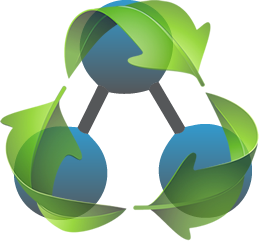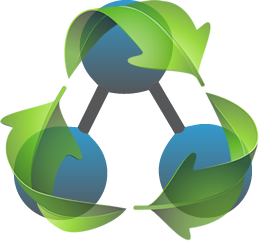Students revolutionize medical sterilization
Between 5% and 10% of patients admitted to modern hospitals in the developed world acquire one or more infections. The risk of health care-associated infection in developing countries is 2 to 20 times higher than in developed countries. In some developing countries, the proportion of patients affected by a health care-acquired infection can exceed 25%. In addition, many hospitals in developing countries and in disaster relief environments make do with simple disinfection of medical material but the risk of nosocomial infections remain high. Now, a company founded by EPFL students has developed a portable sterilization system that costs a fraction of the conventional equipment used in hospitals.

Sterilux was founded by EPFL student, Marc Spaltenstein, who has just completed his Master degree in Life Sciences and Technologies. During an internship with a medical devices company in Neuchâtel, Spaltenstein had to come up with an effective way to sterilize medical equipment on-site. The result was the Steribox system.
The SteriBox is a portable container that can both sterilize and store medical equipment long-term. It was designed by Jordane Vernet, a graduate of École cantonale d’art de Lausanne (ECAL) and member of Sterilux, and integrates the sterilization technology that Spaltenstein developed.

Designed as a box with a quartz glass on the top, the SteriBox is placed in a machine that generates ultraviolet (UV) light. Only a small amount of water – less than a milliliter – is needed per sterilization cycle. Essentially, the design uses UV light to turn the air’s oxygen into ozone.
The items to be sterilized do not require any kind of preparation or wrapping. They are placed inside the SteriBox, and UV light shines through the glass fitting. This generates ozone, which in turn sterilizes the medical equipment. The process simulates the oxygen-ozone cycle in the earth’s stratosphere, where ozone is used as means of converting UV radiation into heat. The sterilization is further amplified by the generation of hydroxyl radicals from water, which are powerful oxidants and can destroy even the most resistant microorganisms.
“Of course, the SteriBox is only one part of our system,” clarifies Marc Spaltenstein. It is inserted inside the Control Station that contains the UV lamps, a system that allows ozone concentration measurement, a printer for reports on each sterilization cycle, a mini-computer, a battery that provides three days of electrical autonomy, and a computer tablet that runs the software.”
The entire procedure takes a couple of hours but the machine is turned on for five minutes only. The system uses 1,000 times less water and 100 times less electricity than conventional autoclaves; it costs up to 100 times less (compared to developed countries), and is portable, environmentally friendly and safe. The system is controlled by software developed by Gabriel De Tiberge, another EPFL student as part of his master’s thesis. The intelligent and very efficient design earned Sterilux the James Dyson Award in 2015.
Sterilizing surgical tools in hospitals is a routine procedure in private healthcare, but it is difficult to do in public hospitals and emergency and disaster health care units in developing countries. Sterilux’s system is primarily targeted to countries that do not have access to conventional sterilization equipment. However, it will also prove essential to sites where mobile sterilization is required, e.g. temporary emergency centers and clinics.



We need imformation related your product, ozone generator.
What info, in particular, are you looking for?
If possible, e-mail our office – [email protected]
What is any impact does this ozone process have on packaging material that contain medical devices, or electronics used in medical procedures. I was looking at a mobile application for ambulances or other emergency service vehicles
Don,
This can be varied. If low ozone levels are used, there may be minimal effects to products. Ambient ozone levels on the interstate in many large cities is quite high, much of the equipment is exposed to ozone levels greater than 0.1 ppm for hours at a time. Short periods of time with ozone levels of 2 ppm should not be an issue. However, high levels of ozone will degrade materials. Below is a video with a great example of high levels of ozone on gloves that may be in an ambulance: